Henry Chalfant used his camera lens to capture images of graffiti in its early 1980s heyday, preserving an art form that New York City officials were eager to squash. Many of the subway trains and walls once plastered in bold writing and imagery were subject to an intense cleaning campaign that greatly reduced the presence of tagging by the mid 1980s. The government crackdown also meant fewer graffiti writers were testing the limits of the police. As a result, fewer examples of work from the likes of graffiti greats FUTURA 2000, DAZE, and countless others exist for modern audiences. Fortunately, Chalfant’s photos allow anyone a peek at graffiti’s golden age, and there are still some great examples of 1980s graffiti visible around the New York City if you look closely.
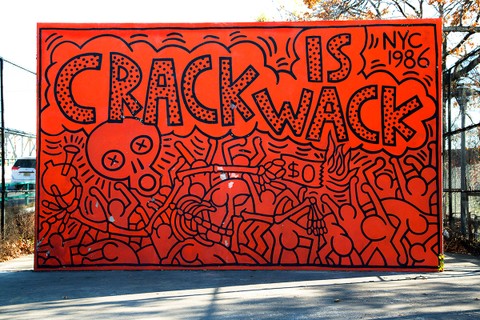
Keith Haring’s Socially Conscious Mural Stands the Test of Time
Keith Haring, the street artist from small town Pennsylvania best know for his linear images of generic figures, created the Crack is Wack mural in a desolate Manhattan handball court in 1986. It remains one of the best-known and well-preserved examples of a bygone era. With its bold lettering yelling “Crack is wack” and set against a vibrant orange background, the mural stands out from its monochrome urban surroundings. Drivers speeding along Harlem River Drive cannot miss it, even today. Created within 24 hours, the mural was done illegally, but because its topical content resonated with those in the midst of the city’s crack epidemic, Haring was spared jail time and only fined a modest sum. After succumbing to vandalism, the Parks Department actually reached out to Haring to recreate the work, and it has been preserved in the years since.
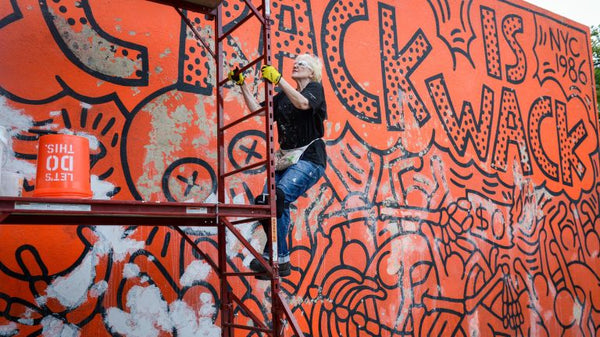
Haring’s mural represents an example of socially-conscious art that was well-conceived and well-placed in its time. An article from Architectural Digest describes it as “a bright orange warning to children in the neighborhood.” Having watched his studio assistant battle crack addiction for several years, the mural was as much a personal statement as it was a citywide call to action.
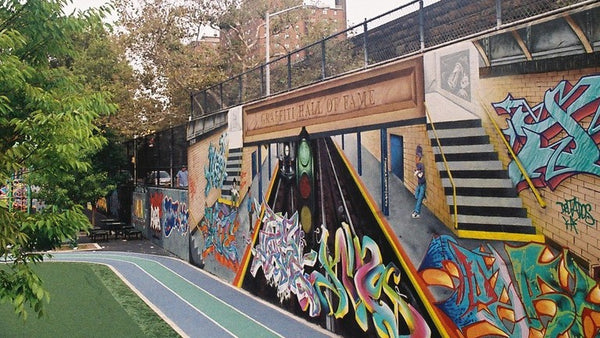
Graffiti Hall of Fame Emerges as Safe Haven for Young Artists
East Harlem is home to Graffiti Wall of Fame, a protected space founded in 1981 by a community leader and several graffiti writers. Ray “Sting Ray” Rodriguez established the wall at The Jackie Robinson Educational Center as a place for burgeoning young graffiti artists to gather safely, develop skills, and form a sense of community. Contrary to the common perception of graffiti as purely vandalism, Rodriguez elevated the profile of art form by designating a protected space for artists to exchange ideas and share their talents without fear of arrest. Nearly forty years later, the wall still serves as a platform for some of today’s best street artists. Artists including DEZ TFA, Revolt, Beam, and Tats Cru, a group from the Bronx that has been spray painting there since the 1980s, have contributed their artistry to what is now a prime destination for street art fans.



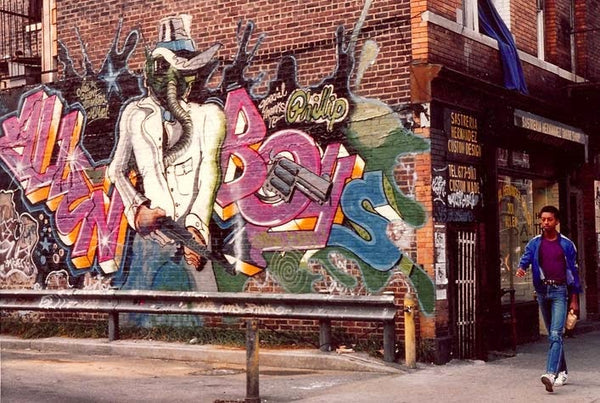
Faded Icons: Seeing Lee Quinones’ The Allen Boys Mural and Work from REVS and COST
While the Keith Haring mural has been maintained since its repainting in the 1980s, and the Graffiti Hall of Fame continues to be a platform for fresh work from legendary and upcoming graffiti artists alike, other examples of early 1980s graffiti have met a darker fate. Many have been whitewashed, tagged, torn down, or simply neglected. There are, however, some ghostly remnants of work from the height of New York City graffiti. In 1982, Lee Quinones painted The Allen Boys Mural in Manhattan. Today, only the blotchy remnants of its upper half remain. In its prime, passersby would see a central figure – wearing a white shirt, protective hat, and gas mask – wielding a weapon while surrounded by stylized, explosive shapes and the bold text of “Allen Boys.” Though faded, its presence on a now tagged brick wall is an unassuming reminder of graffiti’s origins.
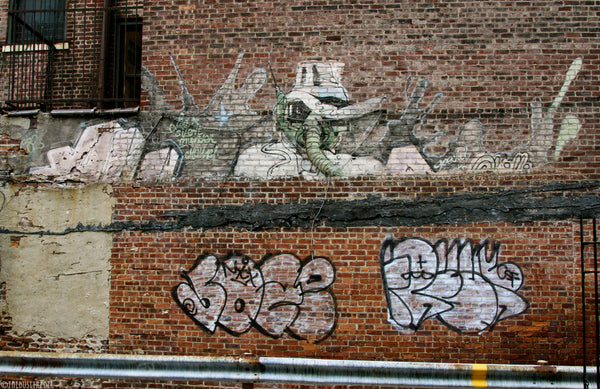
REVS, another writer who began tagging in the 1980s, gained more acclaim in the 1990s with his wheat paste stickers. Working with fellow writer COST, REVS and his more established partner plastered their brand across anything from crosswalk signals to brick walls. Faded imprints of their names sat in blocky white text on the side of a building in New York City’s High Line until 2010, an area once targeted by graffiti artists in the 1980s that now has been gentrified as a park and greenway.

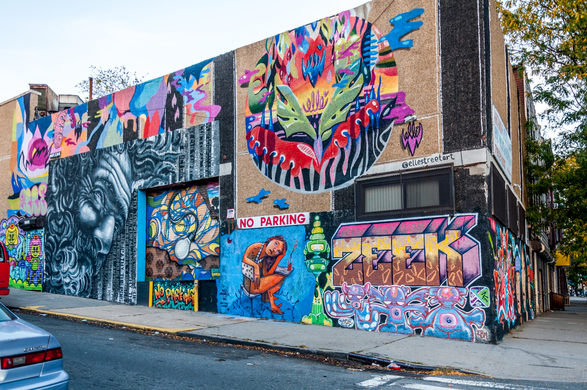
Welling Court Mural Project Provides New Venue for 1980s Legends
Though many of their 1980s works have since been covered, graffiti gods including Daze, Lady Pink, and others from their generation continue to create public work. The difference this time around is that the work is not covert, it’s commissioned. The Welling Court Mural Project is a prime example of how a community has embraced the vivid aesthetic of street art and its deep connection to New York City. The project developed from residents’ desire to “beauty their neighborhood” in 2009. Ten years later, the project now claims over 140 murals spread throughout the Welling Court neighborhood in Queens. Writers including Al Diaz, KWUE Molly, Cey Adams, Royal Kingbee, and others both young and old have contributed to this ongoing project. The Welling Court Mural Project website also offers a selection of video clips providing insight into the project’s goals, as well as a convenient map for visitors to the area hoping to track down street art in the neighborhood.
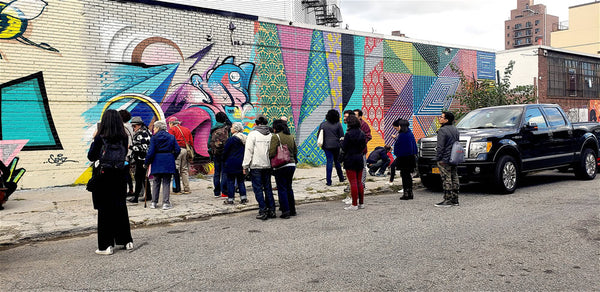
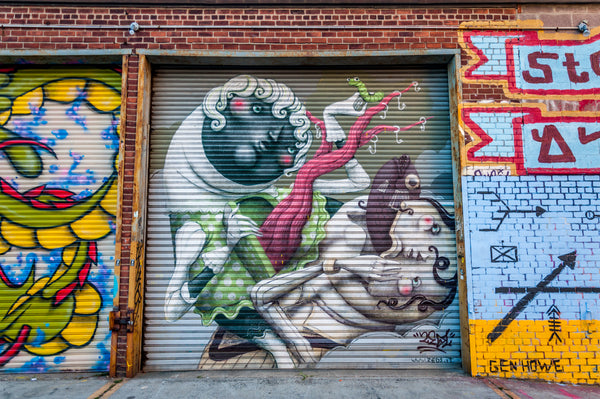
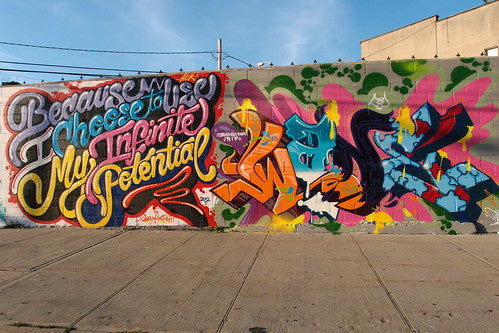

Bronx Museum Showcases Chalfant’s Photography of 1980s Graffiti Legends
If touring all of New York City in search of faded remnants of the 1980s graffiti heyday sounds a little daunting, then a trip to the Bronx may suffice. The Bronx Museum of Art is hosting an exhibition, Henry Chalfant: Art vs. Transit, 1977-1987 through March 8, 2020. The museum describes Chalfant’s photographs as a
“work of visual anthropology.”
The works of legendary writers including Crash, DAZE, Lee Quinones, Lady Pink, Dondi, Futura, and others are captured in their fully saturated greatness through Chalfant’s lens. His photographs treat the sides of subway cars as panoramic canvases consuming the frames of his images. The layers of bold text and bubbly imagery verging on the abstract explode with color against the dull gray of the cars’ surfaces. Street art aficionados will appreciate Chalfant’s willingness to capture tagging in even the most overlooked spaces.
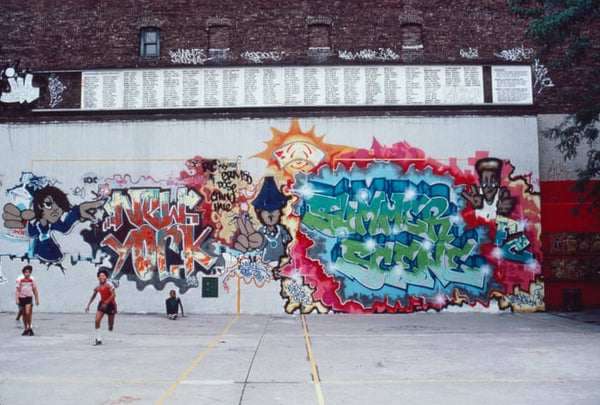
NY Graffiti History Today
Street artists create their work with the knowledge that it may be temporary. Though much of the graffiti plastered across New York City has been whitewashed from existence, a handful of gems remain to provide a window into this period of prolific graffiti writing. Better yet, the many of the artists from the early 1980s glory days continue to contribute to the street art landscape.


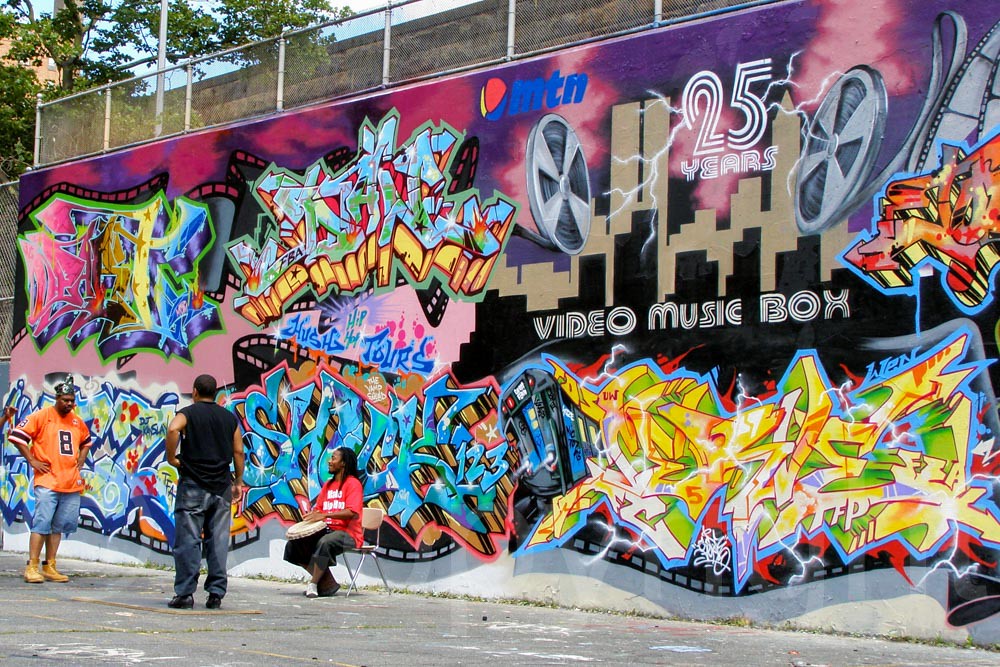

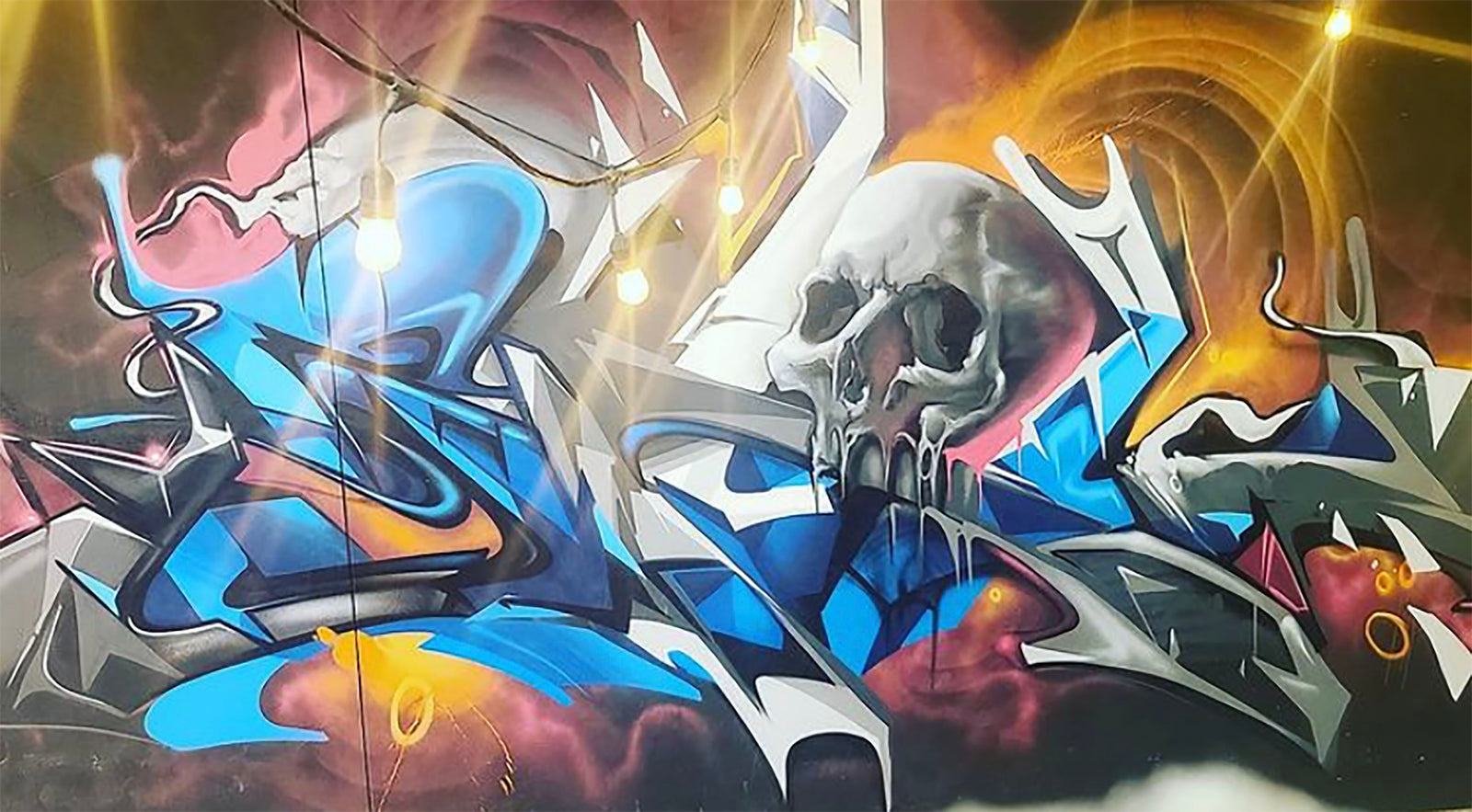

Leave a comment (all fields required)